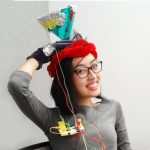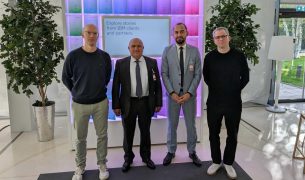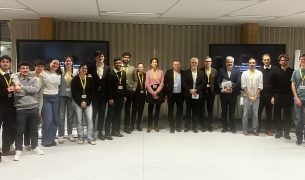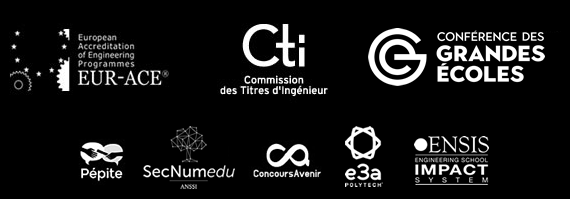In a rapidly evolving world where the desire for freedom intersects with the growing demand for security, the pivotal role of artificial intelligence, computer vision, and cloud computing cannot be overstated. Against this backdrop, a groundbreaking patent has garnered global recognition, setting the stage for transformative advancements in the realm of surveillance.
In partnership with Mohammed Azzakhnini and Professor Noureddine E. Ennahnahi, Ahmed Azough, Head of MSc Computer Science, supported by USMBA University – Sidi Mohamed Ben Abdellah University – Fez, has embarked on a mission to transform the field of real-time event detection and monitoring through this patent.
Revolutionizing surveillance through distributed intelligence
Implicit in this patent is a distributed surveillance platform designed to detect and identify moving objects across an array of low-cost, loosely connected “smart cameras.”
The core concept involves harnessing advanced computer vision algorithms to detect moving objects and subsequently assigning a unique identifier to each object through the fusion of data collected from multiple cameras. These identifiers enable seamless recognition and tracking of objects by other cameras within the network.
Crucially, all distinct signatures of detected objects are stored in a central server, facilitating real-time retrieval and the reconstruction of an object’s entire trajectory within the monitored area.
The intelligent camera of the experiments
The smart camera used in the experiments cocnsists of a Raspberry Pi 4 Model B with 8GB of RAM, a Quimat camera sensor, a DIYmall USB GPS module and an Intel Neural Compute Stick.
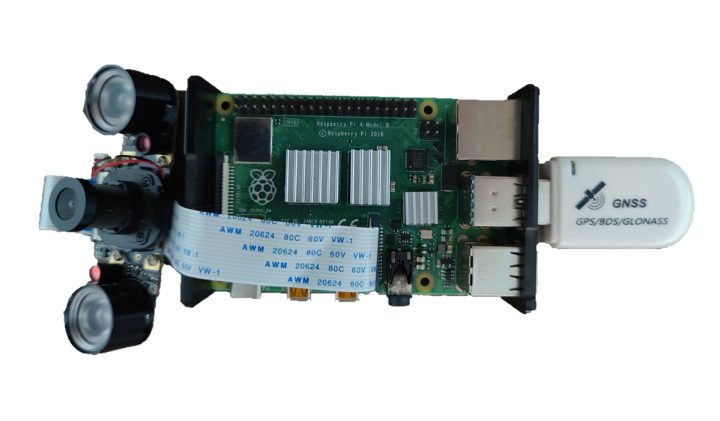
Enhancing surveillance technology and beyond
Broadly, this groundbreaking invention addresses the domain of surveillance technology and equipment.
More specifically, it focuses on wireless real-time video surveillance systems, distributed architectural frameworks, and the incorporation of cutting-edge computer vision algorithms for object detection and tracking.
This innovation marks a significant step forward in leveraging technology to bolster security and monitoring capabilities on a global scale.
The recognition of this patent underscores the importance of innovation in ensuring both freedom and security in an increasingly interconnected world. As technology continues to advance, its potential to transform surveillance and enhance our lives becomes more evident.
With the foundation laid by this patent, the future of autonomous distributed video surveillance for real-time event detection and monitoring appears promising, leaving us to contemplate the possibilities it may unlock in the ever-evolving landscape of security and freedom.
Learn more about ESILV’s programmes and the MSc Computer Science programme










